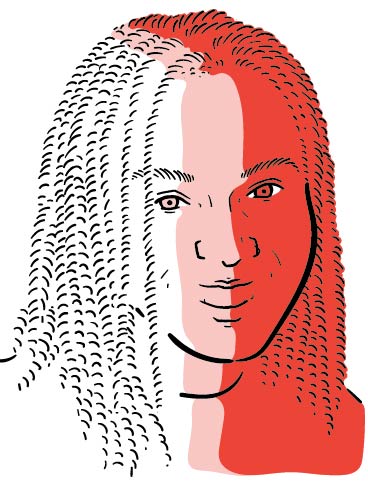Well 99 years is a long, long, long time
99 years is such a long, long, long time
99 years is a long, long time
Well look at me, I’ll never be free
I’m a long time woman
—Pam Grier, “Long Time Woman”
Tuesday was Pam Grier’s birthday; she turned seventy-one. Tuesday was a hard day. Tuesday was a birthday and a deathday, a day I felt both grateful to be alive and aware that I was grateful to be alive. Tuesday was a collage, a la Romare Bearden; or a postmodern painting by Emma Amos, who passed away last weekend. The day was a mixed media amalgamation layered with dreams, nightmares, songs, moods, movies, and the shows I binge on my streaming devices. Tuesday, half of the time I spent online, I spent grieving. The other half I was thinking about the transcendence and timeliness of art. I saw beautiful photos of Pam Grier on my Instagram timeline, and I admired her life and badass persona through the years. Every other picture was Pam Grier, in some karate power pose, in her flight attendant getup from Jackie Brown, looking shrewd and worried. Every other picture was a yearbook photo of Ahmaud Arbery, or cellphone footage of Amy Cooper, the white woman who falsely accused Christian Cooper, a black bird-watcher, of threatening her and her dog; or video of George Floyd’s death; or a still of a white police officer with his knee on Floyd’s neck.
You have reached your article limit
Sign up for a digital subscription and continue reading all new issues, plus our entire archives, for just $1.50/month.
Already a subscriber? Sign in





